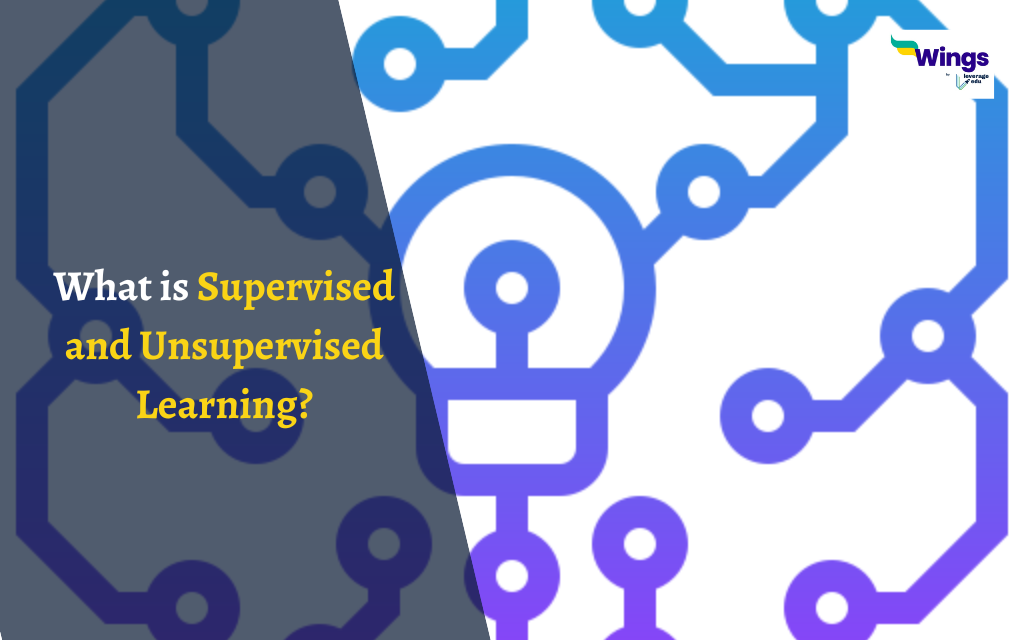The ability of a machine to learn on its own from data, enhance performance based on prior experiences and make forecasts is known as machine learning. A collection of algorithms used in machine learning operate on vast amounts of data. These algorithms are fed data to train them, and after training, they develop a model and carry out a certain task.
Types of Machine Learning
There are various types of Machine Learning. We now going to look at what are the different types of machine learning:
Supervised Learning
As the name suggests, supervised learning involves a supervisor serving as an instructor. In its simplest form, supervised learning refers to the process of teaching or training the computer using tagged data. Which indicates that the right answer has already been assigned to certain data. In order for the supervised learning algorithm to examine the training data (set of training examples) and create a proper result from labelled data, the machine is then given a fresh set of examples (data).
Two groups of algorithms are used in supervised learning:
- When the variable that is output is a category, such as “Red” or “blue,” “disease” or “no disease,” a classification difficulty exists.
- Regression: When the output variable has a real value, such as “dollars” or “weight,” a regression problem exists.
Advantages
- Learning under supervision enables data collection and generates data output based on prior experiences.
- uses expertise to assist in optimising performance requirements.
- Assisted machine learning aids in the resolution of a variety of real-world computation issues.
- It carries out regression and classification tasks.
- It permits estimating the outcome or mapping it to a fresh sample.
- The amount of categories we want in learning data is completely up to us.
Disadvantages
- Big data classification can be tough.
- The computing time required for training supervised learning is significant. Therefore, it takes an immense amount of time.
- All complicated machine learning tasks cannot be handled by supervised learning.
- For supervised learning, a lot of computation time is required.
- A set of labelled data is necessary.
- It calls for a training procedure.
Also Read: Types of Artificial Intelligence
Unsupervised Learning
Unsupervised learning is the process of teaching a computer to use unlabeled, unclassified data and allowing an algorithm to act on the data without supervision. Without any prior data training, the machine’s objective in this case is to categorise unsorted data based on similarities, patterns, and differences.
In contrast to supervised learning, no instructor is present, hence the machine won’t be trained. As a result, the machine is limited in its ability to discover concealed patterns in unlabeled data on its own.
Unsupervised learning is divided into two groups by the algorithms they fall under:
- Identifying the natural categories in the data, such as classifying clients based on their purchasing patterns, is a clustering problem.
- When you wish to find rules that broadly characterise the information you have, such as “people who buy X also frequently purchase Y,” you have a rule of association learning problem.
Advantages:
- The labelling of training data is not necessary.
- Unsupervised learning makes it simple to reduce dimensionality.
- able to uncover patterns in data that were not previously apparent.
- Unsupervised learning is adaptable in that it may be used to solve a wide range of issues, such as association rule mining, anomaly detection, and clustering.
- Exploration: Unsupervised learning enables data exploration and the identification of novel, possibly helpful patterns that may not initially be visible.
- Low cost: Because unsupervised learning does not require labelled data, which can be laborious and costly to gather, it is often cheaper than supervised learning.
Disadvantages:
- Due to the lack of preset answers during training, it is difficult to assess accuracy or efficacy.
- Results are frequently less accurate.
- The user must take time to interpret and categorise the classes that fall within that classification.
- Lack of direction: Unsupervised learning does not have access to the direction and feedback offered by labelled data, which might make it challenging to determine whether the patterns that are discovered are meaningful or useful.
- Sensitivity to data quality: Missing values, anomalies, and noisy data can all affect how unsupervised learning performs.
- Scalability: Unsupervised learning has a limited ability to scale because it can be computationally expensive, especially for large datasets or complicated methods.
Also Read: What is Machine Learning?
This was all about What is Supervised and Unsupervised Learning? Visit our General Knowledge Page to discover more intriguing articles about Science and Technology. Get in touch with the experts at Leverage Edu in order to kickstart your study abroad journey!
 One app for all your study abroad needs
One app for all your study abroad needs














